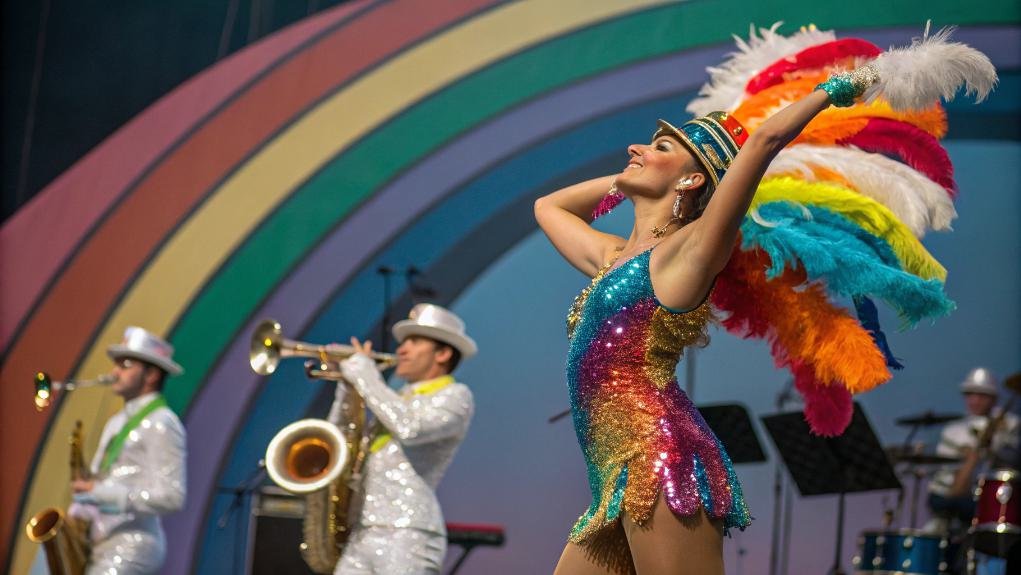Changing costumes in video games not only showcases character growth but also transforms gameplay dynamics and emotional connections. Iconic transformations, like Cecil's shift to a Paladin, symbolize pivotal story moments and enhance strategic options. Coupled with dynamic battle music composed by legends like Nobuo Uematsu, these elements create immersive gaming experiences. As you switch outfits, the accompanying soundtracks elevate your adventure, making each moment memorable. With advancements in technology, integrating sound and visuals has never been easier. If you're curious about how these features evolve and impact your gaming journey, there's so much more to explore.
Key Takeaways
- Costume changes significantly impact gameplay, enhancing character development and emotional connection to the story.
- Iconic transformations, like Cecil's Paladin change, symbolize character growth and alter gameplay dynamics.
- Battle music enhances player experience, with notable composers crafting memorable scores that shape emotional engagement.
- Technology in music production allows for innovative sound integration during costume swaps, enriching gameplay depth.
- Aesthetic customization fosters community engagement, enabling players to express identities and connect through diverse character outfits.
Costume Changes in Video Games
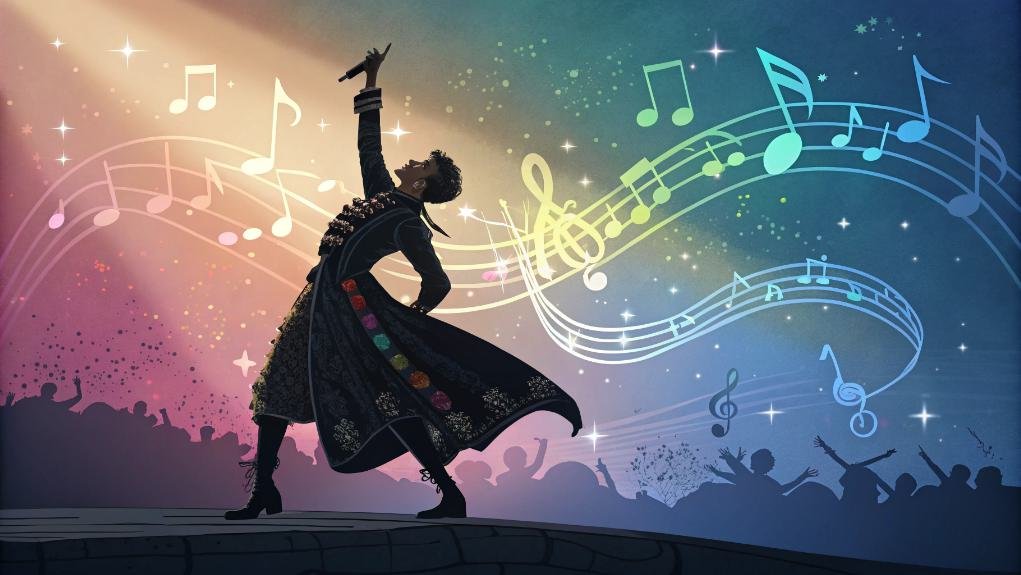
Costume changes in video games aren't just about aesthetics; they can transform gameplay and storytelling in profound ways. When you see your character don a new outfit, it often symbolizes deeper aspects of their identity. This costume symbolism can reflect significant shifts in character development, like moving from villain to hero. You might find that these changes enhance your emotional connection to the narrative, making pivotal moments more impactful. Game developers use tools like RPG Maker to create these costume mechanics, which can signal not just a visual shift but also a change in abilities or class. Ultimately, costume changes invite you to engage more deeply with the character's journey, enriching your overall gaming experience. Creating custom sprites allows for a more personalized representation of each costume, further enhancing player immersion.
Iconic Examples of Costume Changes
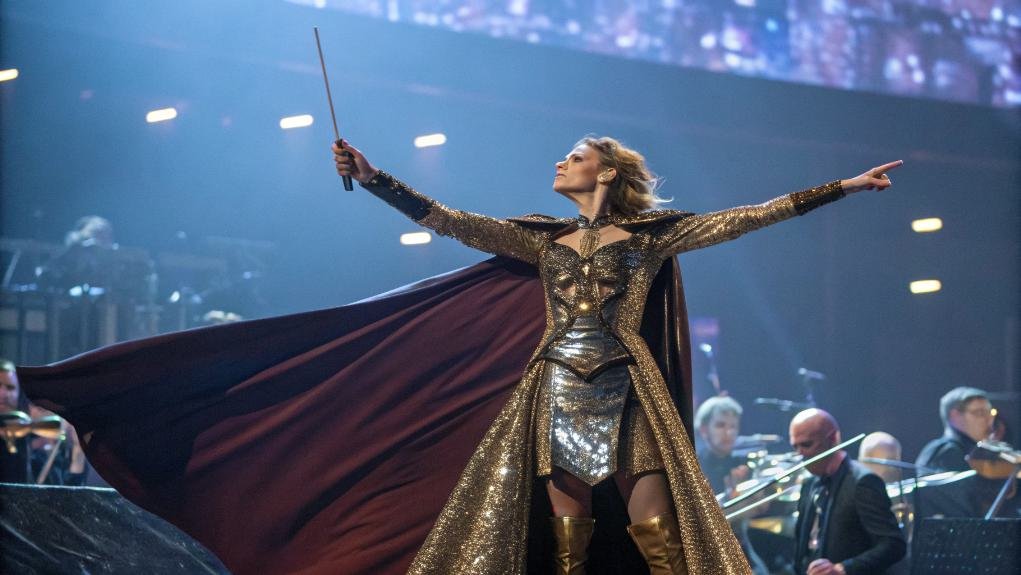
When you think about iconic costume changes in gaming, Cecil's transformation into a paladin stands out as a moment of character growth and visual evolution. Similarly, Mega Man X showcases impressive power-ups that not only enhance gameplay but also dramatically alter his appearance. Additionally, RPG Maker allows for creative costume variants, giving players the freedom to customize their characters' looks in unique ways. These transformations often reflect the evolution of outfits as characters gain new abilities and face different challenges throughout their journeys.
Cecil's Paladin Transformation
As Cecil ascends Mount Ordeals, his transformation into a Paladin unfolds in a visually striking and symbolically rich manner. Confronting his dark self, he battles his reflection, embodying the struggle between darkness symbolism and the light power he seeks to embrace for his redemption.
This spiritual transformation not only marks a pivotal moment in his character development but also introduces new gameplay strategies, shifting from offense to defense. As he dons the Paladin's armor, Cecil becomes a protector, altering party dynamics by emphasizing cooperation. The costume design enhances his new abilities, which improve his effectiveness against foes resistant to his dark blade, enriching the thematic depth of his journey and setting the stage for future challenges.
Mega Man X Power-ups
Cecil's transformation into a Paladin highlights the significance of character evolution, a theme that resonates throughout gaming history, including the iconic upgrades found in Mega Man X.
As you navigate through the vibrant stages, collecting armor upgrades reveals tremendous armor benefits like increased fire power and damage reduction. Each of the four body armor upgrades not only enhances your abilities but also significantly improves your survivability in challenging scenarios.
You'll find essential health upgrades, such as Heart Tanks, that expand your health bar, making every encounter less intimidating.
Don't forget the Sub Tanks to refill your health during intense battles.
Each upgrade requires skillful maneuvers and clever use of your abilities, adding depth to gameplay.
Discovering these enhancements not only empowers Mega Man X but also elevates your overall experience, making each victory even sweeter.
RPG Maker Costume Variants
Costume changes in RPGs often serve as a powerful narrative device, allowing players to visually experience a character's growth and transformation.
In RPG Maker, you can implement costume mechanics that enhance gameplay through custom sprite design. For example, create alternate costumes for characters, much like Cecil's shift from Black Knight to Paladin in *Final Fantasy IV*. This transformation is a clear representation of moral redemption, showcasing how a costume change can symbolize significant character development.
You'll need custom sprites for each variant and items that trigger these changes. Utilize common events to switch graphics seamlessly.
Additionally, marking costume items as key items prevents them from disappearing.
Take inspiration from games like *Xenoblade Chronicles* and *Final Fantasy X-2* to encourage creativity in your designs, ensuring each costume resonates with your character's journey.
Impact of Costumes on Gameplay
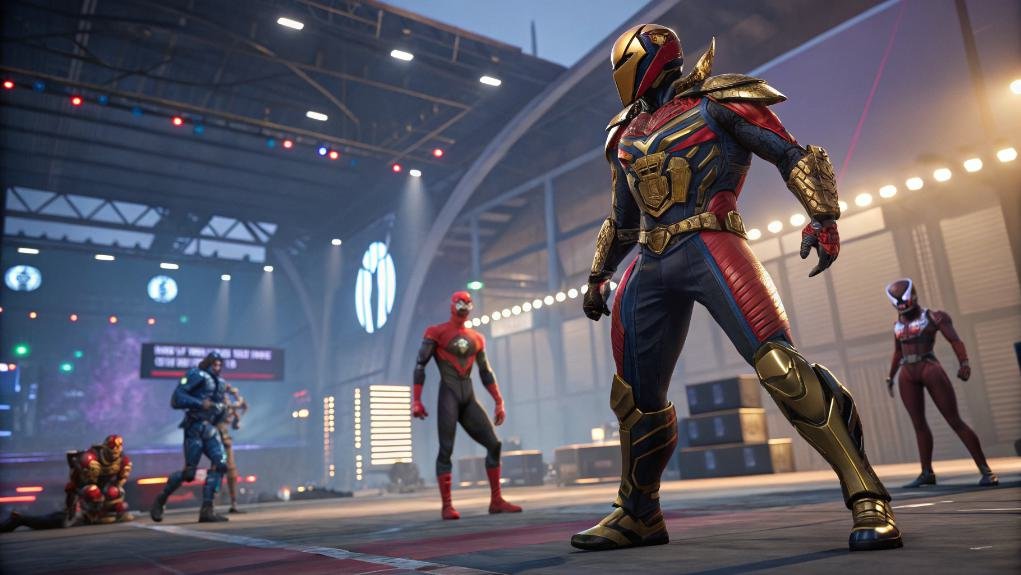
In gaming, the choice of attire can dramatically influence how you approach challenges and interact with other players. This concept, known as costume psychology, highlights how your outfit can shape your gameplay influence.
Wearing bold, commanding costumes might boost your confidence, encouraging you to take on leadership roles and tackle challenges head-on. On the flip side, subtle attire could lead you to adopt a more cautious or supportive role.
The right outfit empowers you, while ill-fitting choices may breed self-doubt, affecting your performance. Costumes not only convey your character's personality but also enhance immersion, allowing you to express your identity and connect deeply with the game, transforming how you engage in its world. Furthermore, fashion choices can foster a sense of belonging within gaming communities, enriching your overall experience.
Evolution of Battle Music
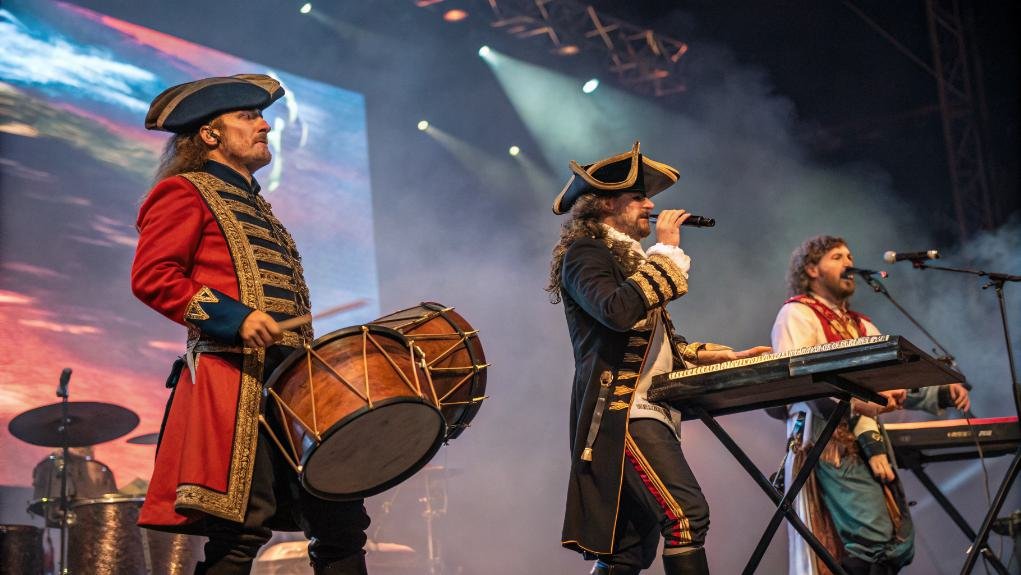
As technology advanced and gaming platforms evolved, battle music transformed into an essential element of the gaming experience, enhancing both immersion and excitement. You can hear the compositional evolution through various titles, with notable tempo changes and emotional depth shaping each encounter.
- Longer tracks emerged, reflecting technological influence and musical diversity.
- Key preferences shifted, moving from a minor focus in earlier scores to a broader range later on.
- Contextual variations adapted battle themes to match gameplay dynamics, creating a more engaging atmosphere. The presence of minor keys dominates the battle themes, contributing to the emotional intensity of the gameplay.
With the use of irregular meters and sustained instruments, battle music truly encapsulates the spirit of the game, making each clash a memorable auditory experience that resonates long after the battle ends.
Technological Advancements in Music
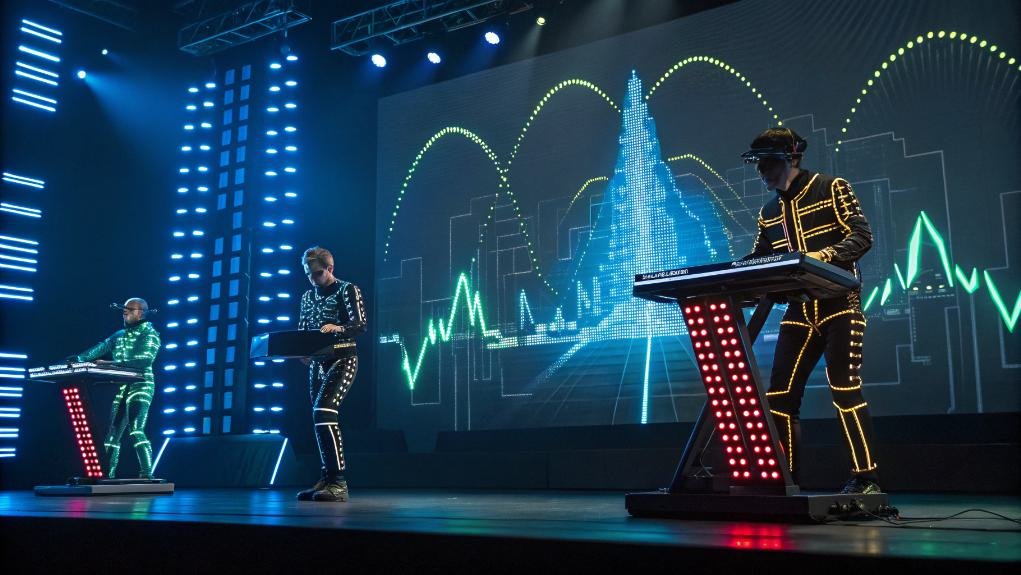
Battle music's evolution is closely tied to the advancements in music technology, which have revolutionized how music is created, produced, and consumed. You can create intricate soundscapes using digital audio workstations (DAWs) and software instruments, making sound innovation more accessible than ever. With electronic production techniques and MIDI, collaboration across the globe has never been simpler. Furthermore, the ability to fragment and manipulate recorded sounds has opened up exciting possibilities for composers and producers alike.
| Technology Type | Impact on Creation | Example Usage |
|---|---|---|
| DAWs | Democratizes music production | Independent artists |
| AI Systems | Enhances creativity | Songwriting assistance |
| Streaming Services | Transforms music consumption | Global accessibility |
These advancements not only enrich battle music but also empower you to explore new frontiers in your musical journey.
Notable Composers in Gaming
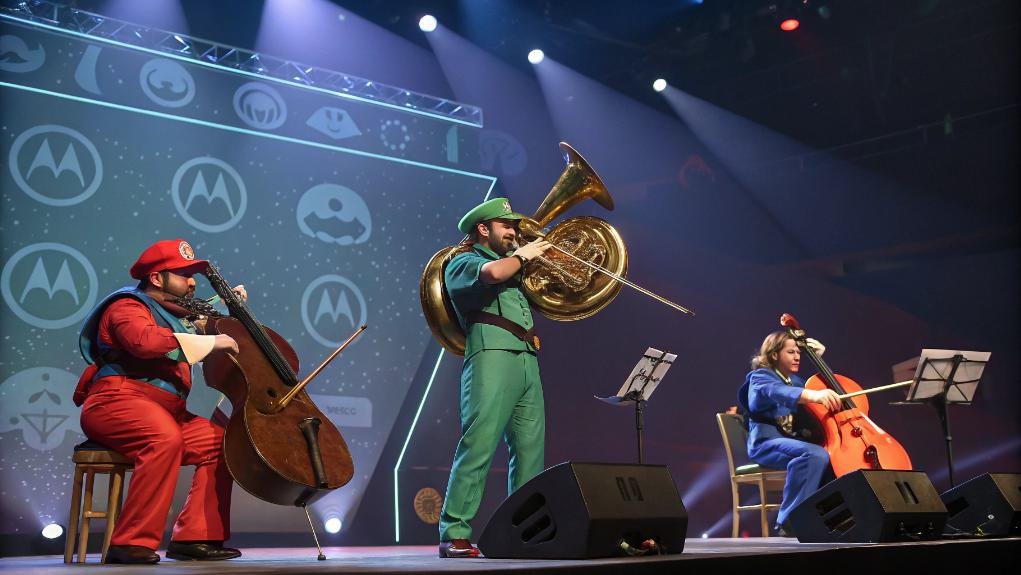
While exploring the rich soundscapes of video games, you'll encounter the remarkable talents of composers who've shaped the industry with their unforgettable scores.
These musicians not only bring stories to life but also push boundaries through composer innovation, leaving behind a lasting musical legacy.
- Koji Kondo: The genius behind the iconic themes of Super Mario and The Legend of Zelda.
- Nobuo Uematsu: Creator of sweeping, emotional compositions for Final Fantasy series.
- Yoko Shimomura: Versatile composer known for her work in Kingdom Hearts and Xenoblade Chronicles. Video game music has evolved significantly over the decades, showcasing a wide range of styles and genres.
These artists weave unforgettable melodies that resonate with players, enhancing their gaming experiences.
Their contributions continue to inspire new generations, proving that music is an essential part of the gaming world.
RPG Maker Costume Implementation
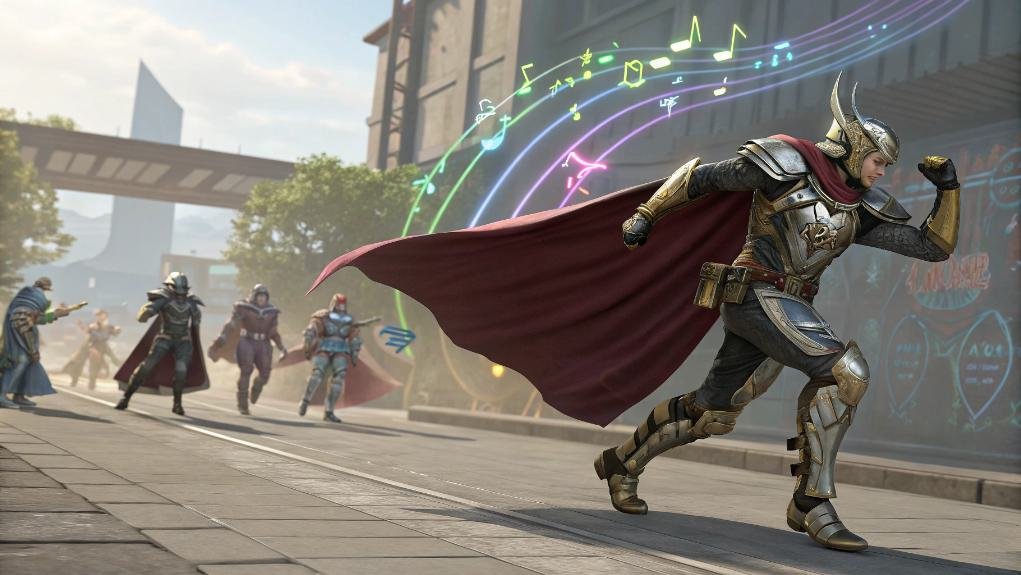
When diving into RPG Maker costume implementation, you'll discover a world of creative possibilities that can transform your characters and enhance player engagement. With plugins like MultiClothes, you can achieve seamless outfit changes, boosting costume functionality and outfit aesthetics. The wardrobe menu simplifies character customization, while sound integration adds depth during outfit swaps. Additionally, this plugin supports dynamic outfit unlocking via in-game switches, providing even more customization options for players.
Here's a quick overview of key aspects:
| Feature | Benefit |
|---|---|
| Dynamic Releases | Gain outfits based on progress |
| Graphical Fidelity | Maintain high-quality visuals |
| Outfit Diversity | Offer varied styles for players |
| Easy Menu Access | Streamlined wardrobe navigation |
Narrative Significance of Costumes
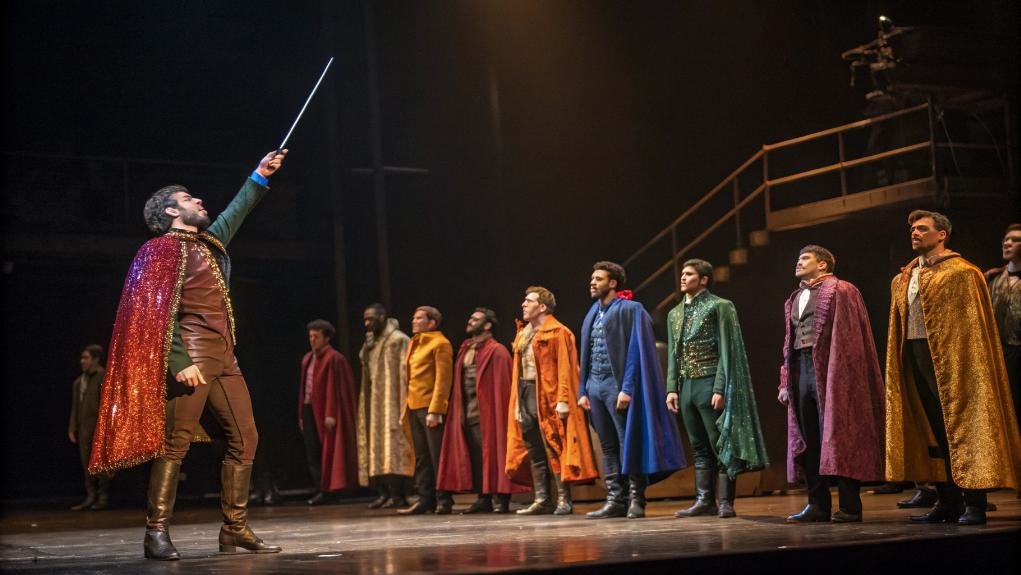
Costumes aren't just fabric; they're powerful storytelling tools that reflect character growth and emotional journeys.
As you explore your game, notice how a character's changing attire can signal pivotal moments or plot shifts, deepening your connection to the narrative.
Each outfit choice resonates with the character's struggles and triumphs, enhancing your overall experience in the game world.
Character Growth Representation
As characters evolve throughout a story, their costumes serve as a powerful visual narrative, reflecting deep changes in beliefs, motivations, and personality traits.
You'll notice how these costume transformations highlight their character arcs, using visual symbolism to convey complex emotions and conflicts.
- A hero's bright armor can signify newfound confidence.
- A villain's tattered cloak may reveal internal turmoil.
- A character's shift from casual wear to formal attire indicates a rise in social status.
These costume changes don't just embellish the story; they provide insight into the characters' journeys.
Plot Advancement Mechanism
Character growth isn't just about internal changes; it also manifests through the costumes that accompany their journeys.
Costume evolution plays an essential role in plot advancement, signaling character development and new abilities. As you progress, each costume reflects not only your character's identity but also the game's narrative themes. For instance, a shift to a more ornate outfit might symbolize newfound power or status, guiding you through visual narrative markers.
Additionally, how you interact with the environment often hinges on your costume's design, influencing gameplay dynamics. These transformations enhance immersion, allowing you to feel the weight of your character's journey while deepening your connection to their story.
Fundamentally, costumes are important tools for storytelling and engagement.
Emotional Resonance Enhancement
When you immerse yourself in a narrative, the subtle details of costume design often resonate deeply, revealing layers of emotional complexity.
Costumes serve as a powerful tool for emotional storytelling, with costume symbolism enhancing the audience's connection to characters.
- Color and Texture: A character draped in dark, rough fabrics might evoke feelings of despair.
- Costume Evolution: A protagonist's transformation through costume changes signals personal growth and emotional depth.
- Cultural References: Costumes that reflect cultural significance can foster empathy and enrich the narrative's emotional impact.
Aesthetic and Customization Options
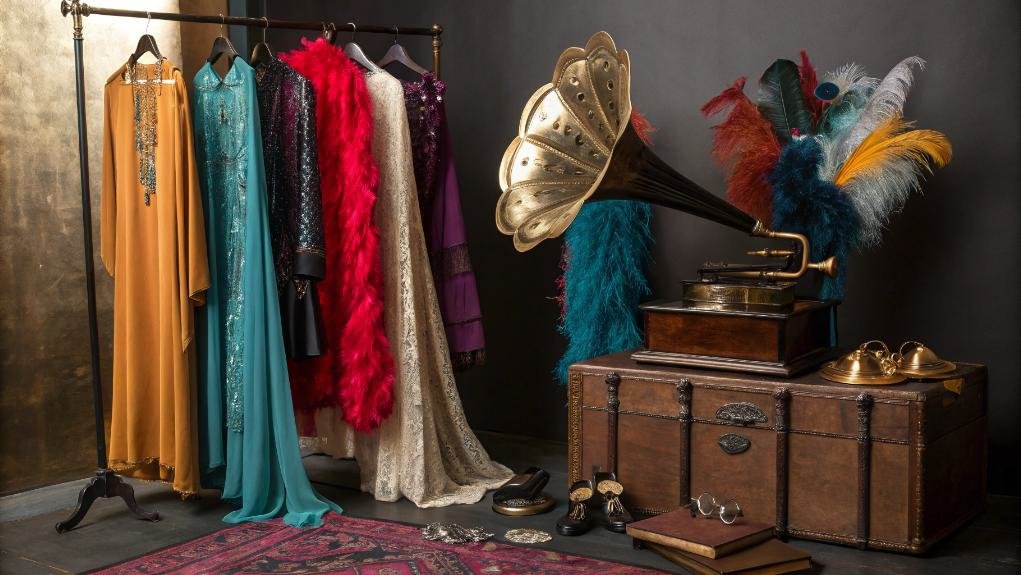
While diving into the world of video games, you'll quickly discover that aesthetic and customization options play a crucial role in shaping your experience. Games like *World of Warcraft* and *The Sims 4* exemplify aesthetic diversity, allowing you to perfect your character's look. The satisfaction of customizing your character fosters a deeper connection to the game.
Here's a look at some popular customization features:
| Game | Customization Options |
|---|---|
| World of Warcraft | Hair, facial features, skin color |
| Cyberpunk 2077 | Non-binary characters, outfits |
| OverWatch | Legendary, epic, and common skins |
| Saints Row IV | Extensive clothing choices, non-binary options |
These features enhance player engagement and personal expression, making your gaming journey uniquely yours.

